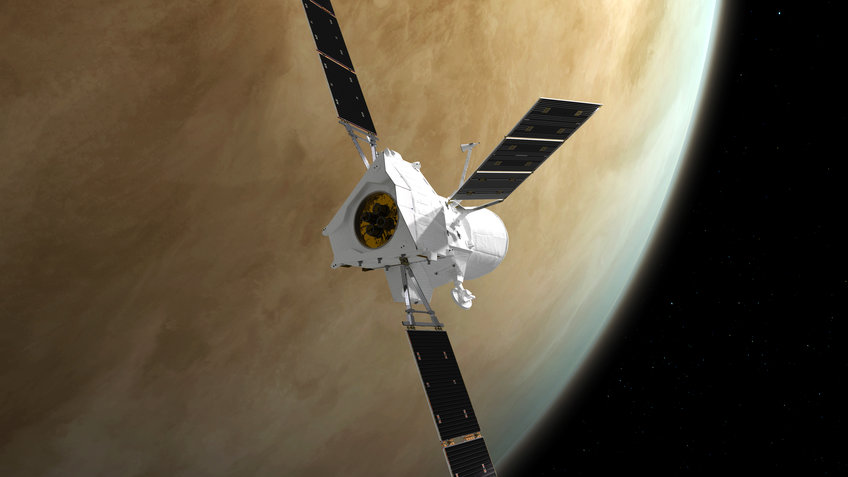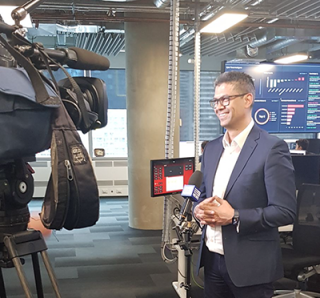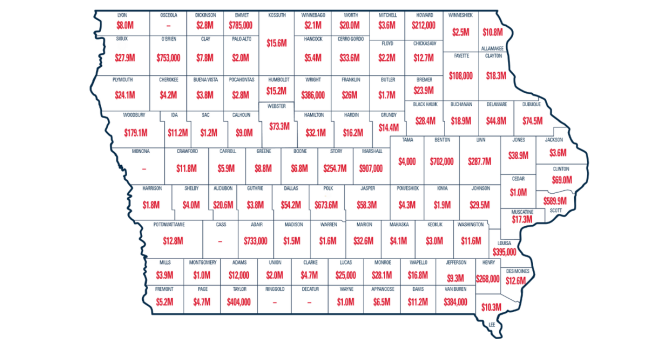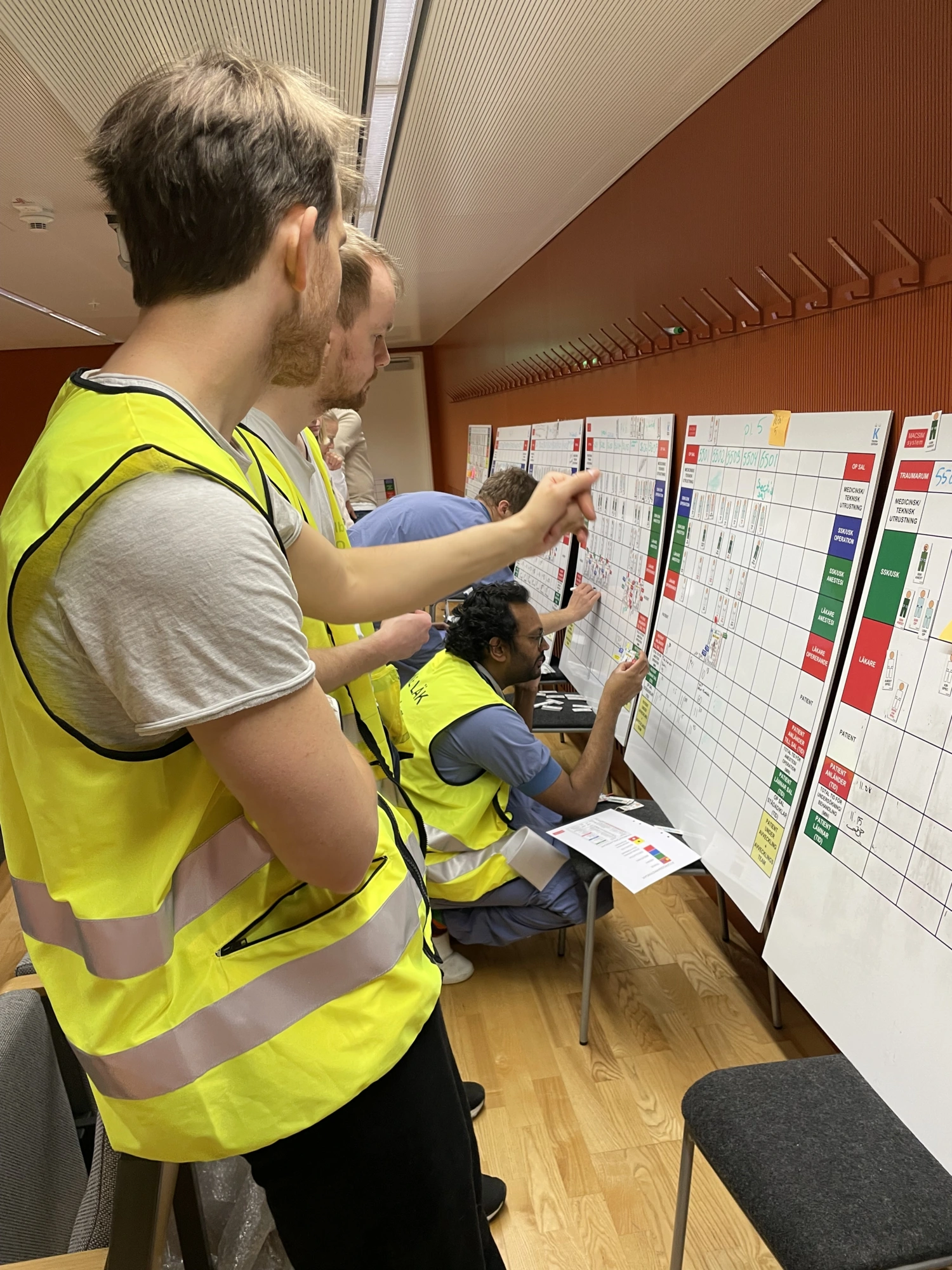The Murray-Darling Basin Authority has examined water use across the Murray-Darling Basin catchments for the 2019-20 water year and found a 97 percent compliance rate across Queensland, New South Wales, the ACT, Victoria and South Australia.
The MDBA today released the Sustainable Diversion Limit (SDL) Compliance Report for the 2019-20 water year. It’s the first compliance report which examines how water use reported by Basin state governments is tracking in accordance with the limits set by the Basin Plan.
SDLs are how much water, on average, can be used in the Basin by towns, communities, industries and farmers. Basin states are required to stay within the Basin Plan limits in applying their water management frameworks.
Executive Director of Basin Plan Regulation, Tim Goodes says the report shows that of the 109 SDL resource units – which cover both surface and groundwater – 106 were within the limits.
“There was a 97 percent compliance rate across the groundwater and surface water areas in the Murray-Darling Basin – which is great news,” Tim Goodes said.
“We’d like to thank all Basin states for genuinely participating in this process under bilateral agreements, where the enabling water resource plans had not been accredited prior to the start of the 2019-20 water year.”
In the first SDL Compliance Report, New South Wales (NSW) reported water use above the allowable limits in three areas, including the Barwon-Darling surface water, the Upper Macquarie Alluvium and Lower Murrumbidgee Deep groundwater areas.
“These findings don’t mean there have been individual compliance issues or breaches in water use – this is about water planning and use at a catchment level.”
For the two groundwater catchments, the MDBA found NSW’s reported reason for the exceedances to be valid. NSW has already applied a restriction on water take in one of these areas in 2020-21 and is talking to communities about how to apply these in future, if needed.
For the Barwon-Darling surface water area, the NSW claim for reasonable excuse was not accepted and NSW has committed to a series of actions to improve.
The MDBA found in the Barwon-Darling, NSW has not been operating fully in accordance with their bilateral agreement in which they stated they’d adhere to their draft water resource plan for the Barwon-Darling.
“NSW has not fully implemented its ‘rules for take’ outlined in their draft water resource plan which includes assessing compliance with their state limits. This is an important rule to ensure actual take does not exceed the allowable limits,” Tim Goodes said.
Separately, NSW has explained that their model needs further work to enable a better understanding of SDL compliance and the MDBA agrees with this.
“The Barwon-Darling model is 20 years old and is based on diversion data from old meters; it hasn’t been recalibrated to reflect the new meters being rolled out,” Tim Goodes said.
“We acknowledge there has been significant work undertaken by New South Wales to meet SDL compliance and Compliance Compact obligations to date.
“New South Wales has worked cooperatively with us, and outlined its plans to improve, and we are pleased that they will publish information about compliance with their state limits.
“We have also asked New South Wales to re-double efforts to deliver on a range of existing commitments that relate to the measurement, management and regulation of water resources,” Tim Goodes said.
When the Office of Compliance moves to the Inspector General for Water Compliance, the IGWC will be response for SDL compliance while the MDBA will continue to do SDL accounting.
To read the full report: Murray-Darling Basin sustainable diversion limit compliance outcomes 2019-20 (mdba.gov.au)
To read a summary of the report findings: Report summary: Murray-Darling Basin Sustainable Diversion Limit Compliance Outcomes 2019-20 (mdba.gov.au)








